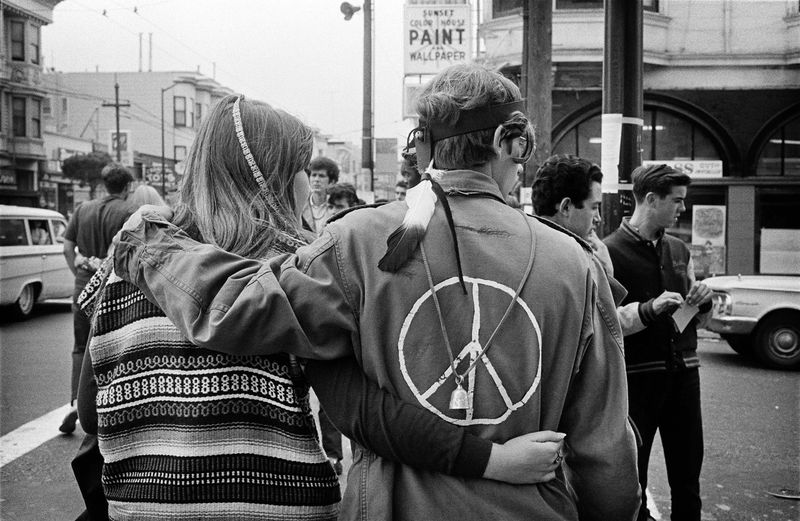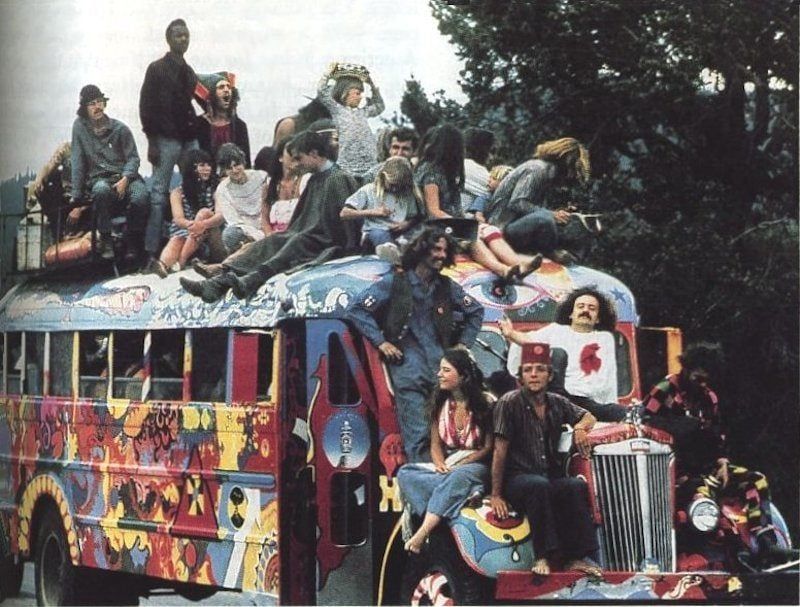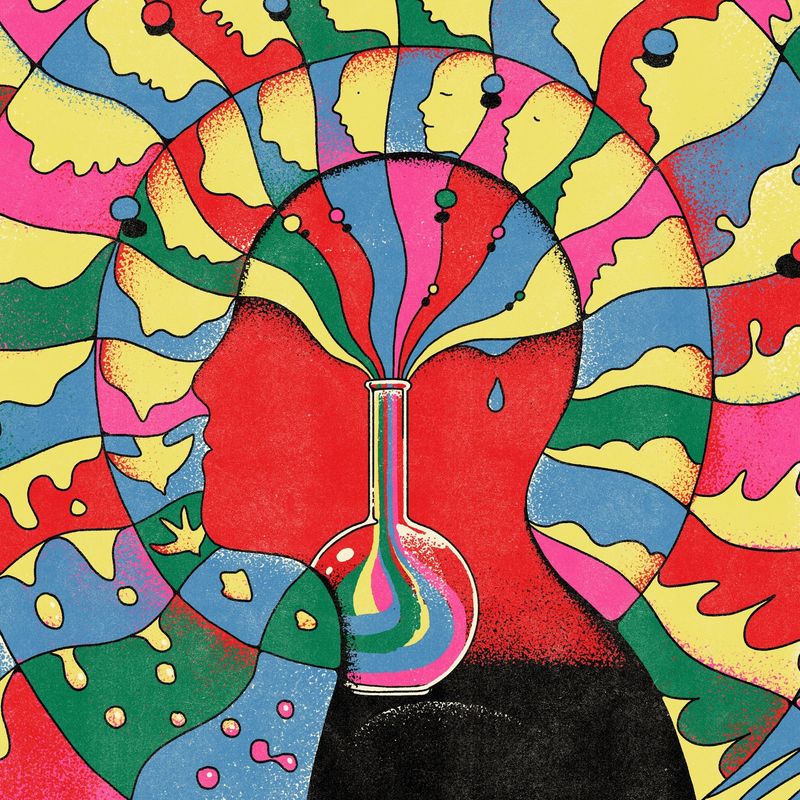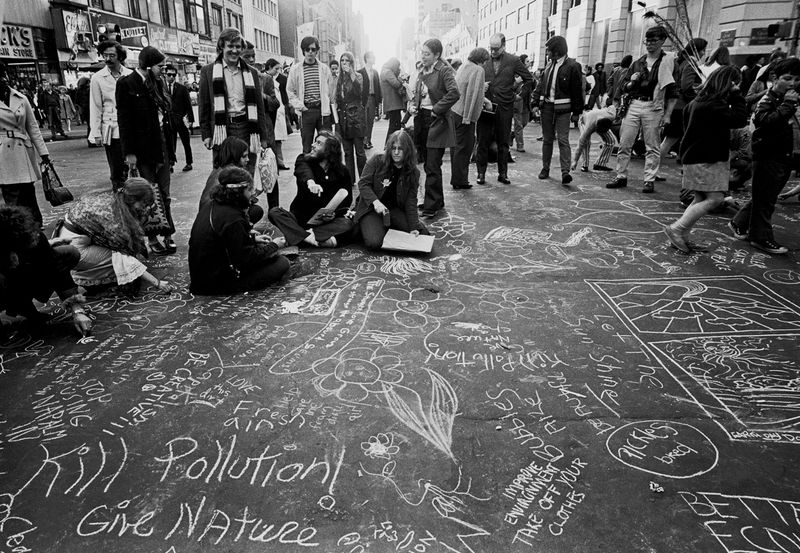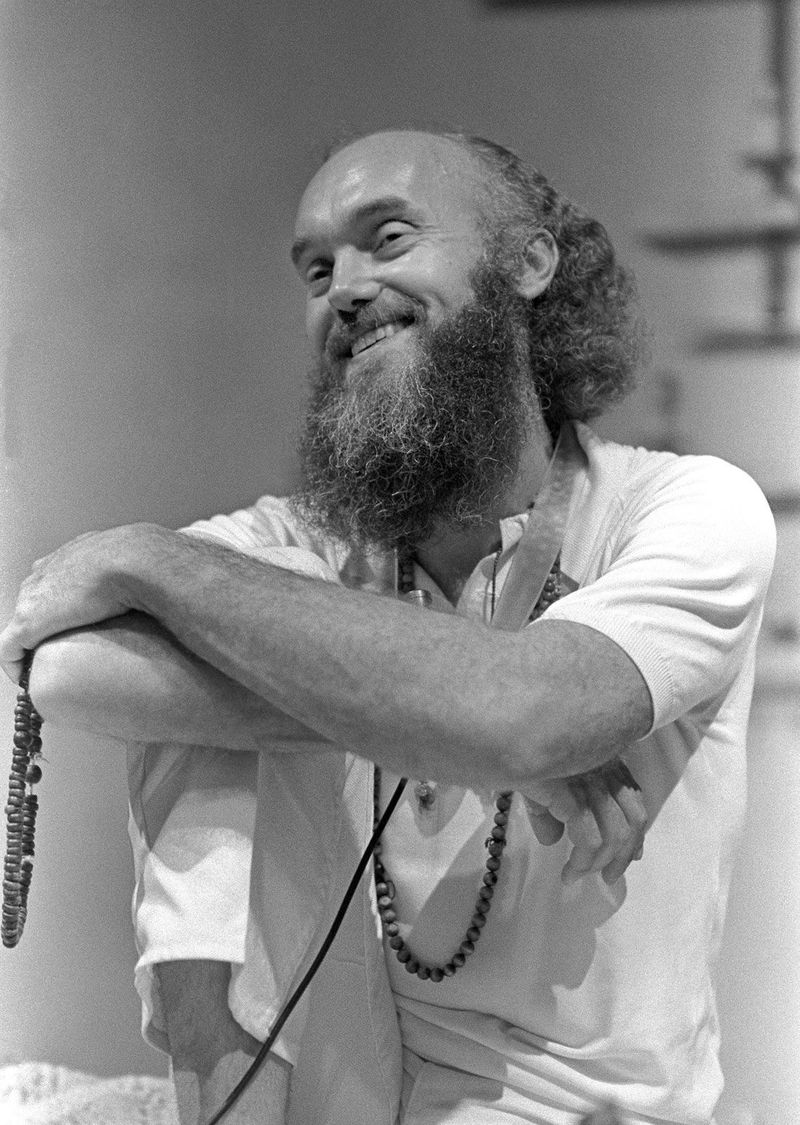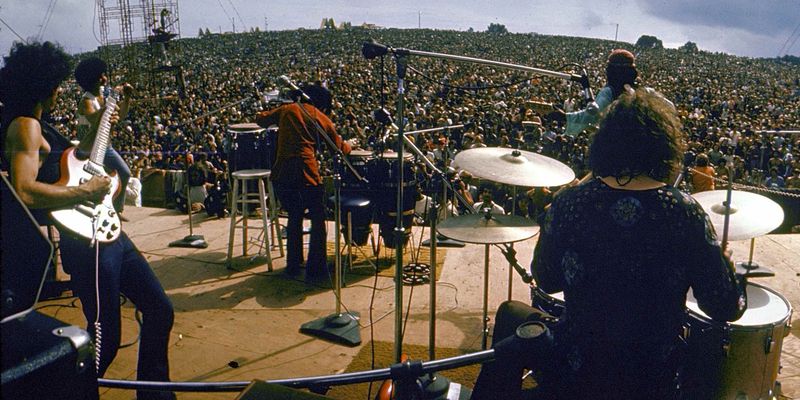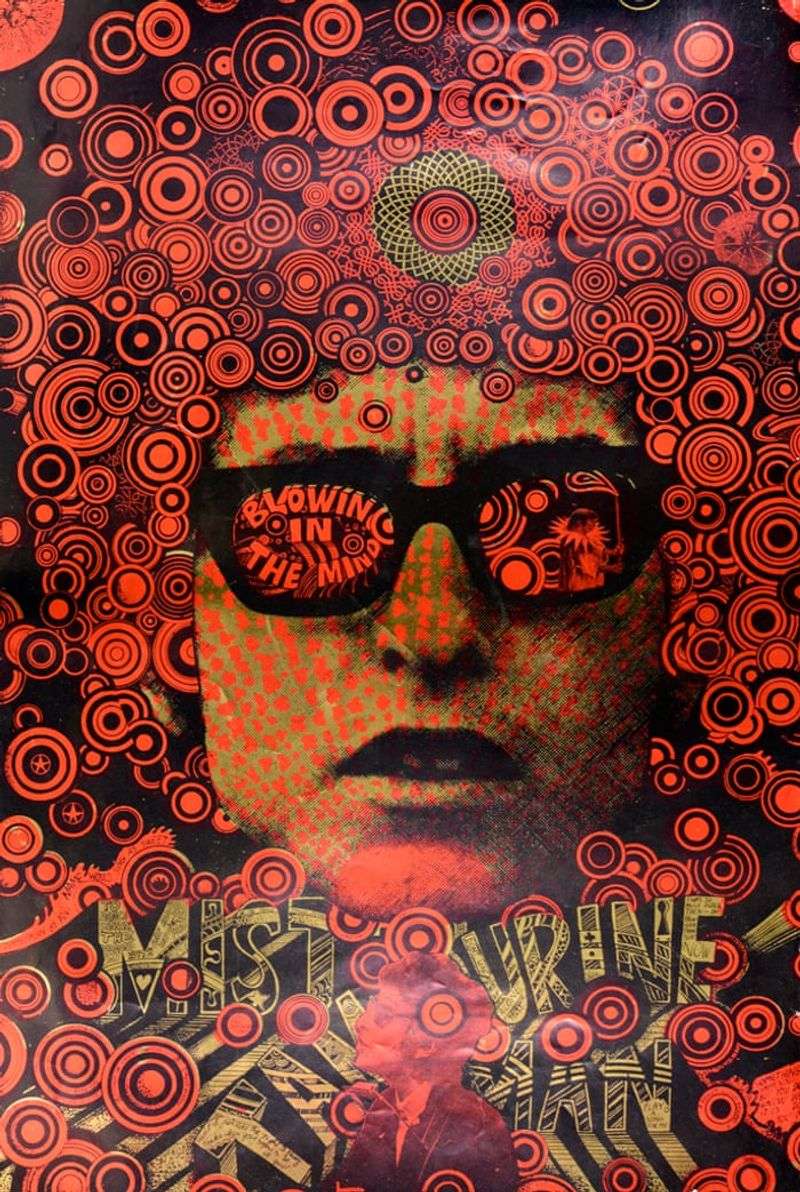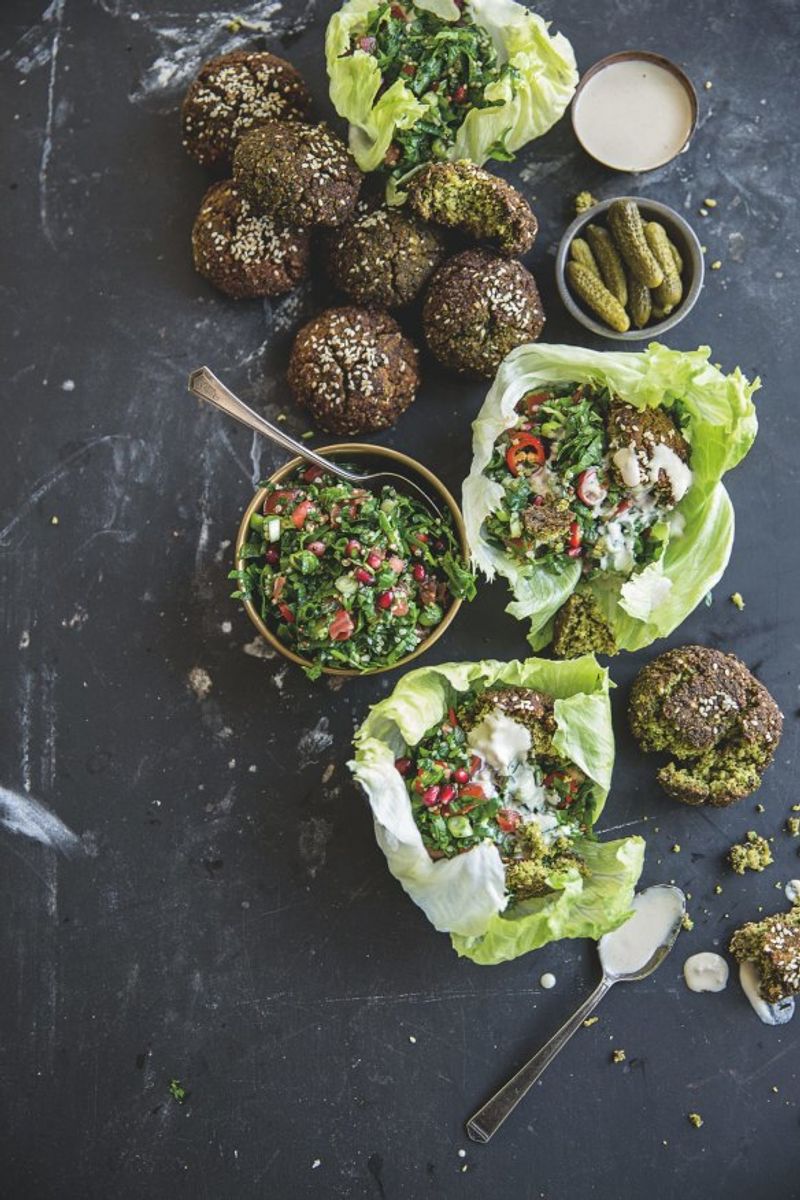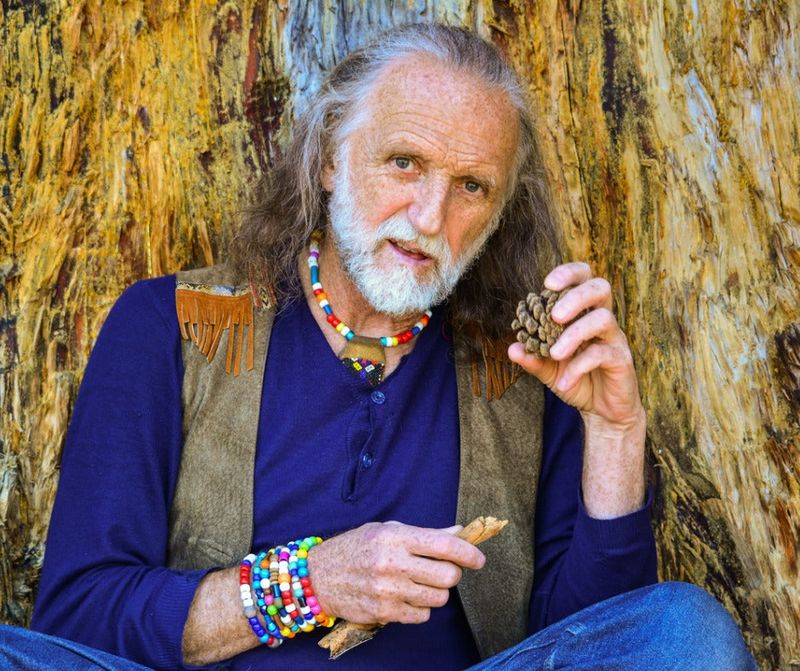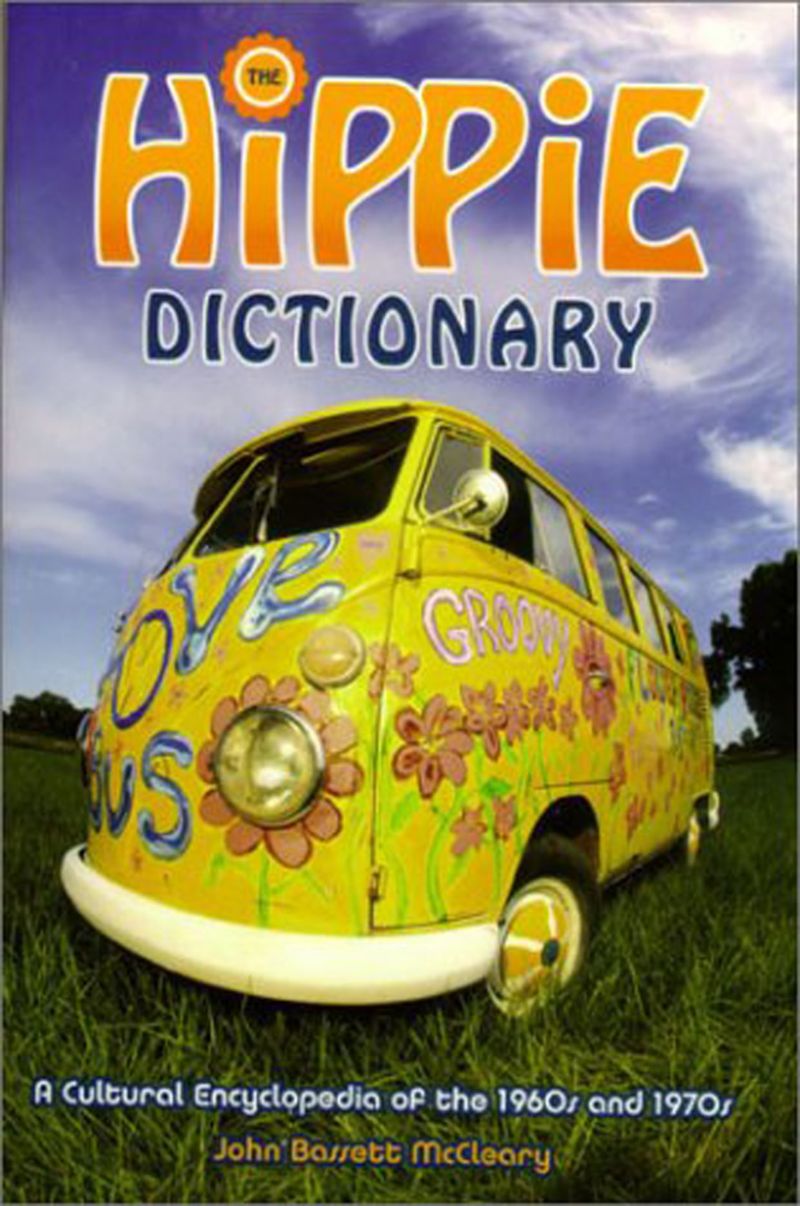The hippie movement of the 1960s and 1970s was a vibrant countercultural revolution that left an indelible mark on society. Characterized by a rejection of mainstream norms, hippies embraced alternative lifestyles, spiritual exploration, and a deep connection to nature. Here are 15 defining characteristics that encapsulate the essence of the hippie ethos:
1. Peace and Nonviolence
Hippies championed peace, opposing war and violence. Their mantra, “Make love, not war,” became a rallying cry against the Vietnam War. This was more than just a slogan; it was a way of life deeply rooted in their beliefs.
Gatherings for peace were common, where people would unite to protest wars, advocating for nonviolent resolutions. The commitment to peace influenced the broader culture, sparking dialogues on nonviolence.
The peace symbol, with its iconic circular design, became synonymous with the movement, representing hope and unity in a divided world.
2. Communal Living
Hippies were known for their embrace of communal living, often forming intentional communities where resources and responsibilities were shared. These communes were experiments in collective living.
In these settings, the focus was on cooperation and mutual support, rejecting traditional societal structures. Communes became havens for those seeking an alternative lifestyle.
The communal spirit fostered a sense of belonging and togetherness, allowing individuals to explore new ways of living harmoniously with others. This lifestyle was seen as a path to a more equitable society.
3. Psychedelic Exploration
The use of psychedelic substances like LSD and marijuana was a hallmark of the hippie movement, believed to expand consciousness. For many, these experiences were transformative, offering new perspectives.
Psychedelic exploration was seen as a path to spiritual awakening and self-discovery, challenging conventional views of reality. Concerts and festivals often featured light shows that mirrored these psychedelic experiences.
Timothy Leary, a prominent figure, famously advised to “turn on, tune in, drop out,” encapsulating the ethos of the era. It was a time of exploration and breaking boundaries.
4. Bohemian Fashion
Hippie fashion was as much about self-expression as it was about rebellion against mainstream norms. Vibrant colors, tie-dye patterns, and bell-bottom jeans became iconic symbols of the era.
Clothing was often handmade, reflecting a do-it-yourself attitude. Accessories like beads, headbands, and flower crowns added to the eclectic style.
This bohemian fashion was more than just a trend; it was a representation of the free-spirited, nonconformist attitudes that defined the hippie lifestyle. Each outfit was a statement of individuality and freedom.
5. Environmental Consciousness
A deep respect for nature was central to the hippie ethos. Many advocated for environmental protection, emphasizing sustainable living and a return to agrarian lifestyles.
Hippies were pioneers in raising awareness about ecological issues, often engaging in activities like organic farming and conservation efforts.
Their dedication to the environment laid the groundwork for future environmental movements, inspiring a generation to consider the impact of their actions on the planet. This consciousness was not just an ideology but a practical lifestyle choice.
6. Spiritual Exploration
Influenced by Eastern philosophies, many hippies turned to spiritual exploration, embracing meditation and yoga. These practices were seen as pathways to inner peace and enlightenment.
Hippies often adopted beliefs from Buddhism and Hinduism, seeking to transcend material concerns and find deeper meaning in life. This spiritual quest was personal and communal.
Festivals often included spiritual workshops, creating spaces for individuals to explore their consciousness. The spiritual journey was integral to the broader search for authenticity and fulfillment.
7. Anti-Consumerism
Hippies rejected materialism, often opting for simple living and handmade goods. This anti-consumerist stance was a critique of the prevailing consumer culture.
By prioritizing experiences over possessions, they challenged the notion that happiness could be bought. The movement encouraged people to question their needs and desires.
Handcrafted items and thrift store finds became symbols of this lifestyle, emphasizing creativity and sustainability. It was a conscious effort to live more authentically, reducing reliance on mass-produced goods.
8. Music as Expression
Music was the heartbeat of the hippie culture, providing a soundtrack to their ideals of love and freedom. Artists like The Grateful Dead and Janis Joplin became emblematic of the era.
Concerts were more than mere performances; they were communal experiences where people gathered to celebrate and connect through music. These events became spiritual gatherings.
The lyrics often reflected the values of the movement, promoting peace, love, and understanding. Music transcended boundaries, uniting people in a shared vision of a better world.
9. Free Love Ethos
The free love ethos challenged traditional norms, promoting open relationships and sexual liberation. For hippies, love was a boundless expression of personal freedom.
This attitude was a radical departure from conventional views, advocating for relationships based on mutual respect and consent. Festivals and gatherings often embodied this spirit.
The movement’s focus on love and connection sought to break down barriers and build a more inclusive society. It was about embracing diversity and celebrating the human experience.
10. Artistic Expression
Psychedelic art was a visual representation of the hippie experience, characterized by vivid colors and abstract patterns. This art form was an expression of consciousness expansion.
It transcended traditional art boundaries, reflecting the inner journeys and explorations of the mind. Artists aimed to capture the essence of psychedelic experiences.
These artworks often adorned album covers and posters, becoming iconic symbols of the era. It was a celebration of creativity and experimentation, pushing the limits of artistic expression.
11. Vegetarianism and Natural Diets
Many hippies adopted vegetarian or organic diets, aligning their eating habits with their environmental and ethical beliefs. This choice was a commitment to healthier living.
The emphasis was on natural, whole foods, often grown in communal gardens. Meals were communal events, fostering a sense of community and shared values.
This dietary shift was part of a broader movement towards sustainability and respect for all living beings. It challenged conventional agricultural practices, advocating for more humane and ecological approaches.
12. Alternative Medicine
Hippies often turned to alternative medicine, favoring holistic health practices over conventional medicine. Herbal remedies and acupuncture were popular choices.
This approach was rooted in a belief in the body’s natural ability to heal. It was a return to traditional practices, emphasizing prevention and wellness.
Alternative medicine was not just about physical health but also a holistic approach to well-being. It reflected a desire for authenticity and connection to nature, challenging the medical establishment.
13. Political Activism
Hippies were actively engaged in political activism, participating in civil rights, anti-war, and environmental movements. Protests and demonstrations were common.
This activism was driven by a desire for social change and justice. Hippies sought to raise awareness and challenge societal norms through collective action.
Their involvement inspired future generations to continue the fight for equality and justice. This commitment to activism was a defining feature of the hippie movement, reflecting their vision for a better world.
14. Distinctive Language
The hippie lexicon was rich with distinctive language, including terms like “groovy,” “far out,” and “peace.” These words reflected their cultural identity and values.
Language was a way to connect and express shared ideals. It helped create a sense of community and belonging among those who embraced the counterculture.
These terms have endured over time, still evoking the spirit of the era. The unique slang was more than just words; it was a way of life that captured the essence of the movement.
15. Iconic Symbols
Symbols played a powerful role in the hippie movement, with icons like the peace sign, flowers, and yin-yang becoming emblematic of their ideals.
These symbols were more than decorative; they communicated messages of harmony, unity, and love. They were visual representations of the movement’s core values.
The use of symbols helped to create a shared identity among hippies, transcending language and cultural barriers. They continue to be recognized worldwide as reminders of hope and change.

